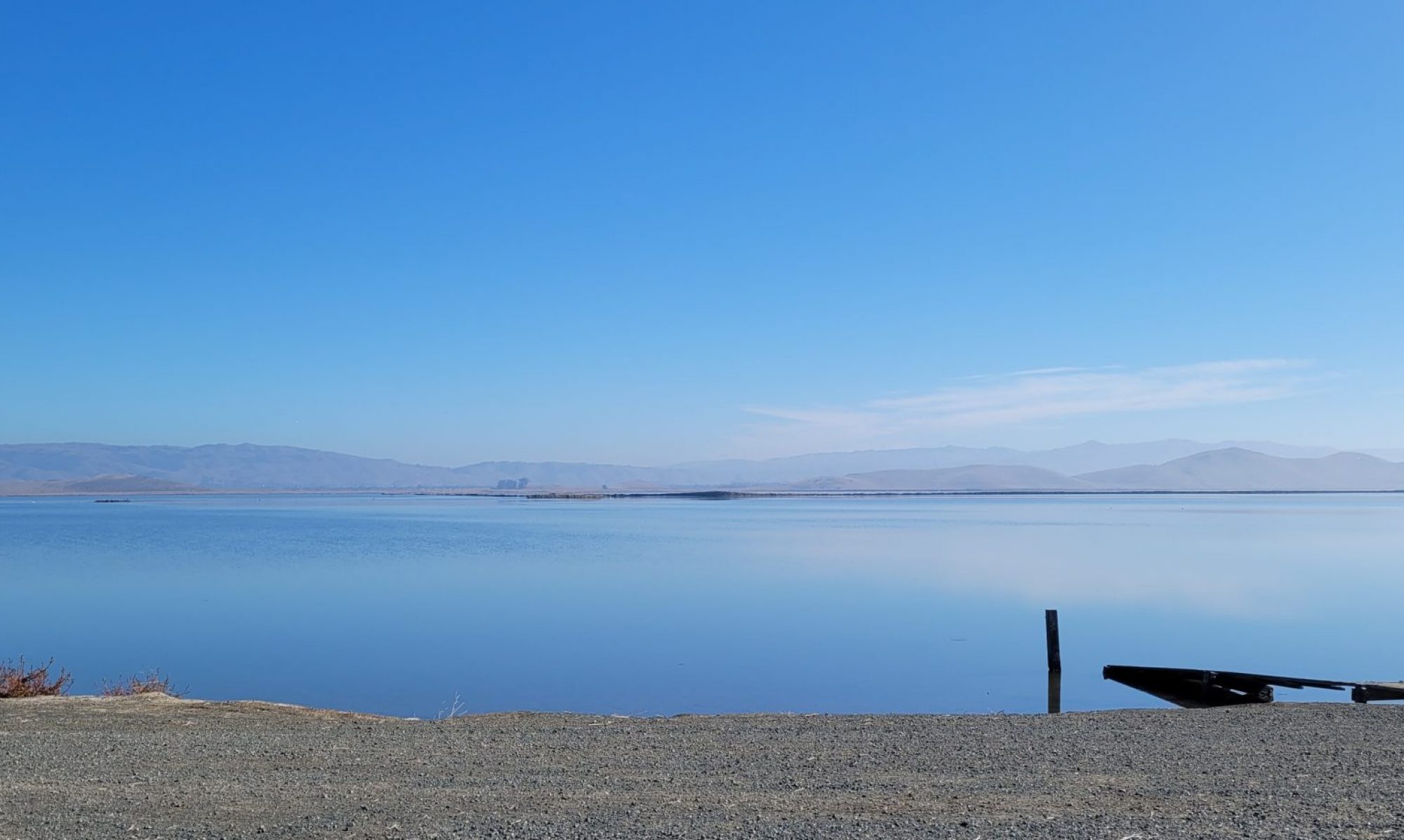
The biggest excitement in my life for the past week has been hearing the Bulky Trash people pick up my pile of Things. Last Monday, at 7:02 am, after the morning compost truck had banged its way along our suburban street, I heard the sound of backing up. I was, in fact, waiting for it; had, in fact, already gone out to examine the pile we had sneaked out there after dark on Sunday night to see if it was still humbly awaiting pick-up. (It was.)
Oh beautiful Bulky Trash truck, I was never so glad to see you! I heard the discussions outside in between sounds of metal scraping on concrete; I heard dragging; I heard crunching. Then, the Doppler effect of that engine driving away, and I dared to peek. All gone! All gone! I spent the rest of the day humming to myself and doing a little ceremony and dance, Bulky Trash! Bulky Trash! Everybody do the Bulk-y TRASH! Do you think me simple for getting so excited about trash? Definitely. To paraphrase Jango Fett, I am a simple person just trying to make my way through the universe.
Our Education Regarding Trash
We have come a long way just in my lifetime dealing with the Things we acquire and then jettison. Sesame Street many moons ago had a video with a little song, What about garbage? Where’s it go?Where’s it go-o-o-o? as they showed smiling men putting the trash in the trucks, and the trucks putting it on the barges, and off the barges sailed into the sunset….. Well… not exactly, right?
We learned when we got older and put away childish things that the trash got dumped in the ocean. Or landfills which filled up, begatting new landfills and more and more, until we realized we were going to run out of land for landfills. Voila! Earth Day and the 1970s and recycling, first a few hippies dragging trash bags full of beer cans, then a whole industry, and finally a regulatory imperative. Fast cut to 2020 where we have tri-partite trash, multi-colored cans, and 79% of our county trash avoids landfills.
But it’s not so easy, is it? Even though the Bay Area has some of the highest recycling rates in the country, even San Francisco has had to extend its Zero Waste goal another ten years, stuck at 89% because of leather, rubber, flame retardants. Or, as I found out, because nobody wants a 20-year-old metal bunk bed. We already separate out all the organics, cans, bottles, foil, paper, cardboard, egg crates, hard-molded plastic, yet there’s still cellophane. There are still Cheetos bags. (Don’t judge.)
Continue reading “Trash Dance”

